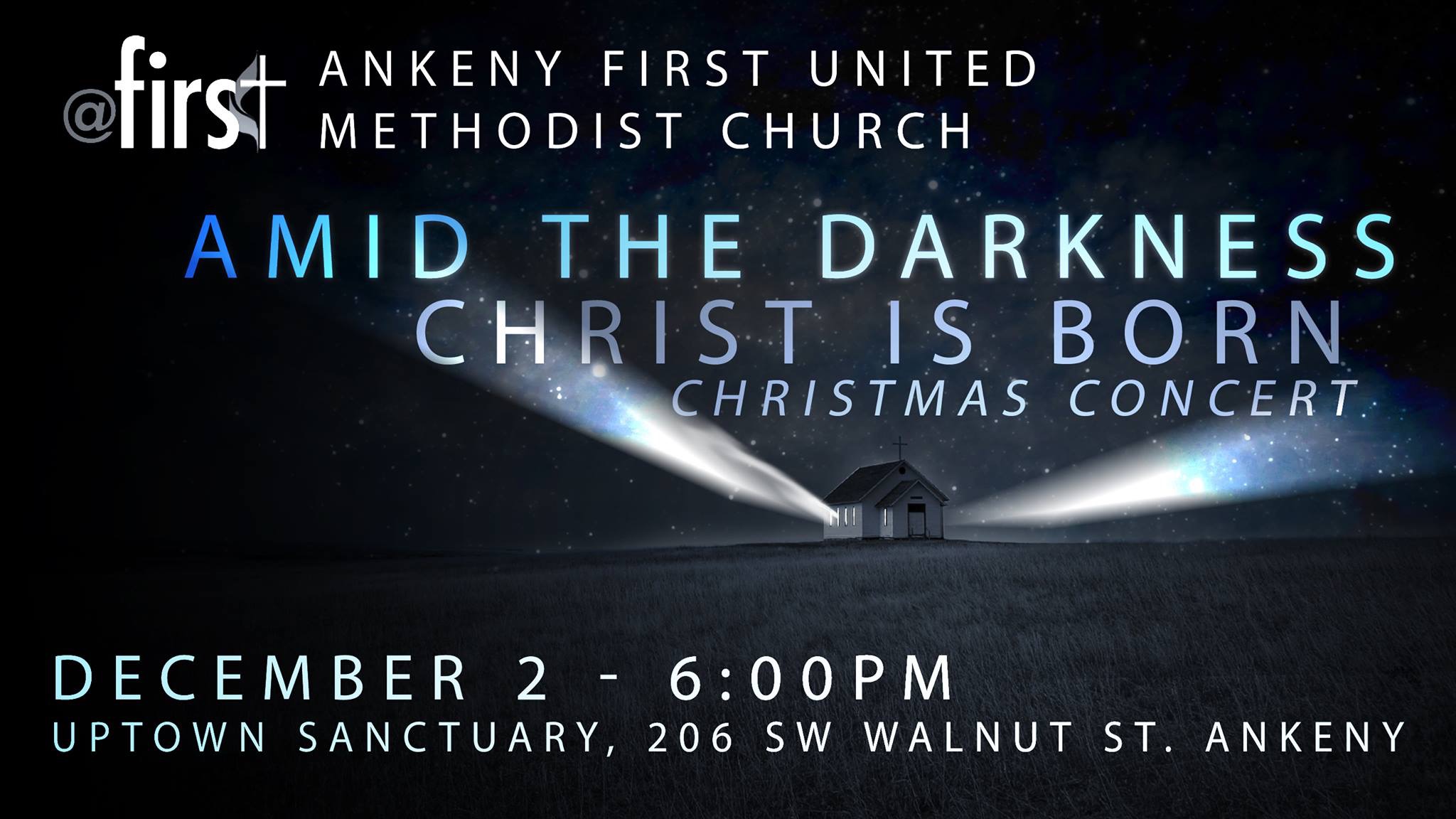I was having a conversation with my friend, who is a high school choral conductor while I was driving about his day in the classroom. I was not surprised at what he said about him telling his kids to try and understand what the text in a choral piece is about. Now, this piece is hauntingly beautiful and it was (still is) one of my favorite choral pieces since I first heard it when I was an undergraduate at the Pontifical Catholic University of Puerto Rico. This piece is Water night, by Eric Whitacre
Now, while I NEVER thought I would sing this song. I have had the awesome experience of singing it in very VERY different interpretations first when I was in graduate school at Western Illinois University and the second when I sang it with the Des Moines Vocal Ensemble
I love how Eric was telling me his favorite part of the piece ( and his interpretation of the text, which weirdly, I have not even thought about it. What I always loved this piece mainly because of the text since it is origin is Octavio Paz. This made me think about the music that I have picked for my choir, especially the cantata that I am doing for this year.
And if you close your eyes,
Octavio Paz’s Water night
a river, a silent and beautiful current,
fills you from within,
flows forward, darkens you,
night brings its wetness to beaches
in your soul.
Music picked for Chancel Choir
The music that I picked for Chancel Choir this “semester” all quickly relate to the text. Haye’s We are called, which in this divisive and toxic world that we are living in has a really good message of what are we called to do (act with justice, walk humbly, love tenderly, care for one another).

In the previous post I talked about Dan Forrest’s new “Come to Me”. The best part of this piece, is the importance of rest. While everybody knows the importance of rest and peace, most of us ignore this necessity and steam roll through life. In my 3 years of teaching, that exactly how I lived. No stopping, always going. There’s a reason why I still have huge bags under my eyes and felt exhausted (I still feel I have to catch on sleep that I have missed).
Come to me all who labor,
Come to mean I will give you rest.
Come, my child
For I am gentle and lowly…Dan. Forrest
Come, and you will find rest for your soul.
A great choral piece is a one that has an intimate relationship with text. I remember my undergraduate professor Mons. Di Marco talking about this all the time. The music is there to help the text, and vice versa. He always asked us “Where is the soul?” with my other professor, Ruben Colon Tarrats, always pushing me in my year of studying choral conducting with him to ask myself “Why is X note in the music? Why are we singing X?”

But, isn’t that the point of choral and vocal music? To evoke a specific emotion and give life to a text (sacred or secular)? Isn’t that why music is poetry in motion? As teachers, this is not an easy thing to teach students. These are things that even in a prescribed curriculum it does not guide teachers in how to do (and even if it does, by the time you have it or are teaching the topic will be outdated or not relevant to your students).
My question for you would be: what is your relationship with music, whatever music you listen to? If you are a trained musician or a music educator, do you select music because it’s easy or challenging? How much time do you spend on focusing on the text in a song/piece?






